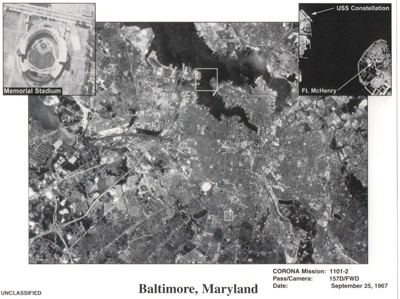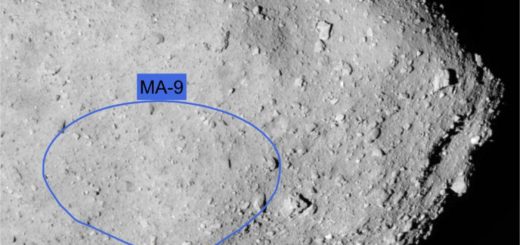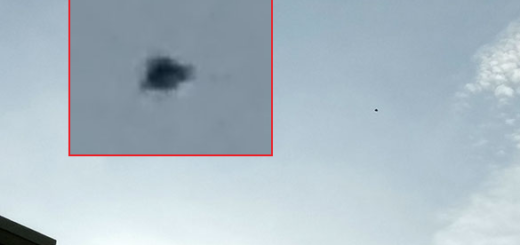Are there military space stations out there?

The idea of space bases piloted by secret military operatives sounds like something out of the latest bestselling thriller. Yet just a few decades ago, such military space stations weren’t so far from reality. In the 1950s and 60s, government officials were looking to space to protect America’s interests on the ground, and they had some pretty far-out ideas about how to create a military presence in the sky.
Military space stations grew out of America’s space race — and the Cold War — with the Soviets. Spacecraft that would ultimately propel us to the moon were originally just one part of the space program. The other part involved space stations — structures designed to house researchers.
One of the earliest military incarnations in space was a spy satellite mission launched by President Eisenhower. In 1958, the president authorized work to begin on Corona, a satellite that could take pictures of the Earth from space. During the 1960s and early 70s, Corona made more than 100 flights — among them, a mission to pinpoint the sight of China’s first nuclear test explosion.
In 1957, the government launched a program to develop a space plane called the Dyna-Soar (short for “dynamic ascent” and “soaring flight”). The purpose of the hypersonic, rocket-launched spacecraft was to carry out manned experiments in space, aim missiles at targets on Earth and gather intelligence.
Ultimately, the Dyna-Soar never came to fruition. But just as Secretary of Defense Robert McNamara was announcing its demise in 1963, the idea for the Manned Orbiting Laboratory (MOL) was born. This orbiting space platform, which would be manned by military astronauts, would give the Air Force the perfect vehicle for conducting surveillance of the Soviet Union and China. It would take satellite photos, study life in space and perform other duties which are, to this day, classified. Yet by 1969, soaring costs (an estimated $1.4 billion in total) caused the government to scrap the MOL project before it launched.
Meanwhile, the Soviets were hard at work on their own military space stations. In the 1960s and 70s, the Soviets developed both civilian stations, called Salyut, and military stations, called Almaz. They referred to both as Salyut to hide their military intentions from Western government officials.
The first Soviet military station to launch was the Salyut-3, which took off on June 25, 1974. Two years later, on June 22, 1976, a second military space station, Salyut-5, launched. It carried a high-resolution camera that was believed to be used for military reconnaissance work, though what exactly the Salyut operation accomplished is a matter of speculation. Three spacecraft flew to the Salyut-5 over the next few years, but the missions were plagued with technical problems and the station was ultimately pulled from orbit in August 1977.
Where did military applications for space stations go after the 1970s? Find out next.



 Creators of mankind
Creators of mankind Description of “Tall white aliens”
Description of “Tall white aliens” Where they came from?
Where they came from? About hostile civilizations
About hostile civilizations The war for the Earth
The war for the Earth “Tall white aliens” about eternal life
“Tall white aliens” about eternal life Video: “Nordic aliens”
Video: “Nordic aliens” Aliens
Aliens Alien encounters
Alien encounters The aliens base
The aliens base UFO
UFO Technology UFO
Technology UFO Underground civilization
Underground civilization Ancient alien artifacts
Ancient alien artifacts Military and UFO
Military and UFO Mysteries and hypotheses
Mysteries and hypotheses Scientific facts
Scientific facts


















